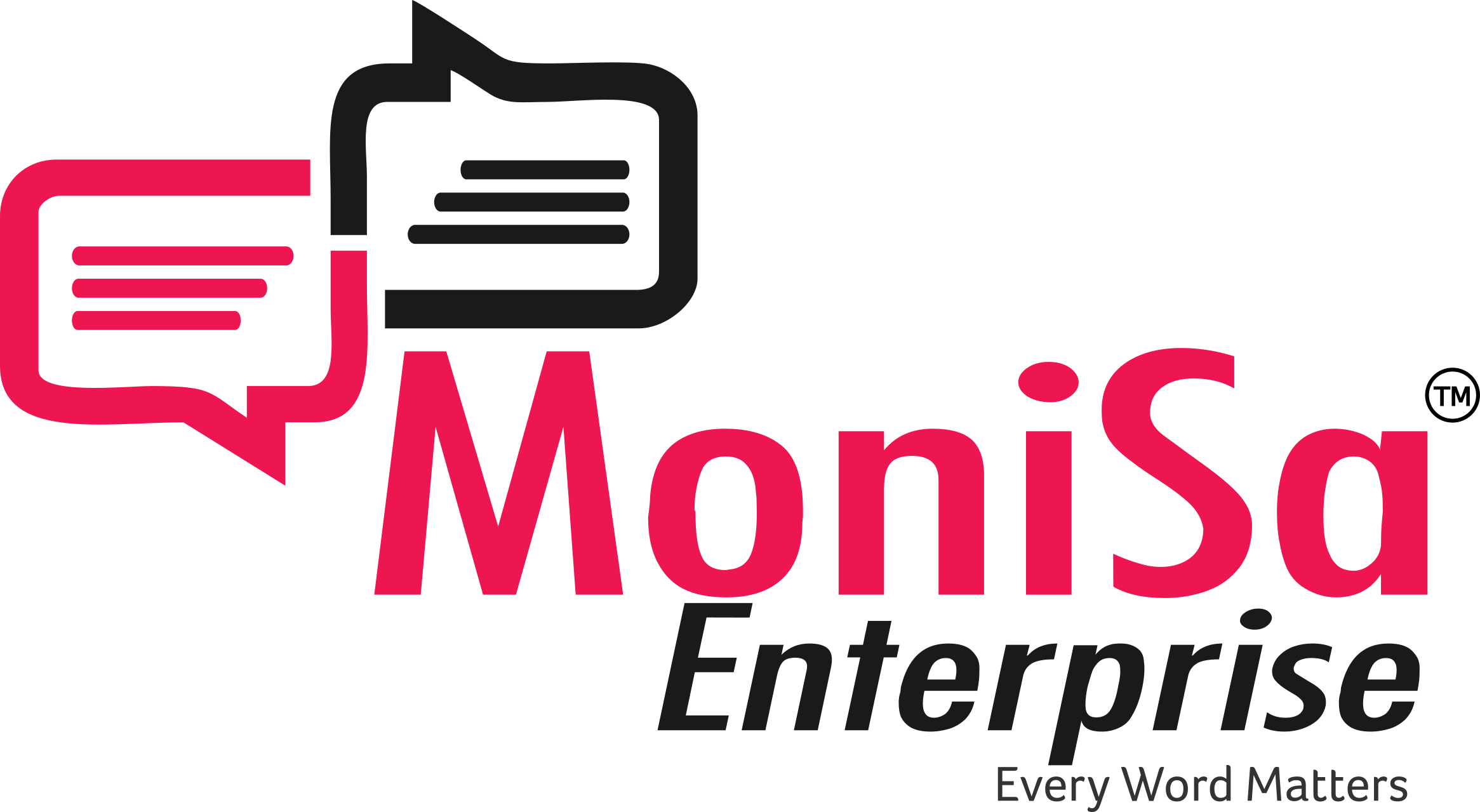Not quite. But it’s already transforming how multilingual communication works—in hospitals, call centers, and courtrooms. Over-the-Phone Interpretation (OPI) has long been an essential tool for bridging language gaps across sectors like healthcare, legal services, and customer support. But as artificial intelligence (AI) continues to advance, we’re seeing a shift. AI-driven speech recognition and natural language processing (NLP) are reimagining OPI, enhancing efficiency while maintaining accuracy.
Why AI-Enhanced OPI Is Taking Off
Table Of Contents
But what’s behind this rapid transformation?
Several key factors are driving the rise of AI-enhanced OPI:
1. Real-Time Interpretation: The Demand for Speed
A 2023 report by CSA Research found that over 60% of businesses using AI-driven translation and interpretation services saw improved response times and customer satisfaction. These kinds of insights are fueling expectations for immediate, on-demand language support in compliance-heavy sectors and customer service.
2. Cutting Costs for High-Volume Operations
These benefits make AI-enhanced OPI especially attractive for global customer support teams, financial institutions, and e-commerce platforms—where the balance between cost and efficiency is critical.
3. Hybrid Models: The Perfect Blend of AI and Human Expertise
That’s where the hybrid model comes in. By combining AI’s speed and efficiency with human expertise, we get the best of both worlds. AI handles straightforward tasks like basic triaging in healthcare or frequently asked questions in customer service. When the conversation gets complex, human interpreters step in to manage the nuances.
For example, AI can assist with triaging patient symptoms before a qualified healthcare interpreter is needed or deal with routine customer queries in a call center, escalating to a human when necessary.
4. Better Accuracy: How AI Is Improving Interpretation
Recent studies show that modern AI interpretation systems now achieve 85-95% accuracy in structured conversations, particularly in widely spoken languages like English, Spanish, and Mandarin. Additionally, AI tools continue to improve through adaptive learning, which allows them to refine their understanding based on specific industry needs and user feedback.
Implications for Language Service Providers (LSPs)
Additionally, as AI takes on more of the routine work, human interpreters will need to shift focus to more high-value tasks that require cultural sensitivity, industry-specific knowledge, and contextual expertise. This will likely involve ongoing training and upskilling to adapt to the changing landscape.
What’s Next for AI-Driven Over-the-phone interpretation?
However, the success of AI-enhanced OPI depends on finding the right balance between automation and human involvement. Companies need to evaluate:
The accuracy requirements for their specific industry.
Final Thoughts: Embracing AI in Multilingual Communication
If you’re an LSP exploring how AI-enhanced OPI can benefit your services, or you’re curious about how we’re applying these solutions across various industries, let’s connect.
At MoniSa, we’ve seen firsthand how AI-powered OPI has drastically reduced interpreter wait times—helping our clients in healthcare and emergency services improve their communication efficiency. Curious about how this could work for you? Connect with us!


